Lifeblood uses blood, platelet and plasma donations to manufacture different blood products. These include red cells, platelets, plasma, cryodepleted plasma and cryoprecipitate. Find out more about these different types of transfusions, and how they can help patients just like you.
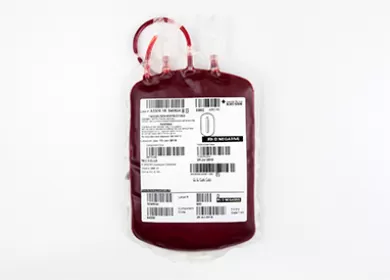
Red cell
Red cell transfusions can treat low haemoglobin or red cell count (anaemia). Red cells carry oxygen to all the cells in your body.
How it can help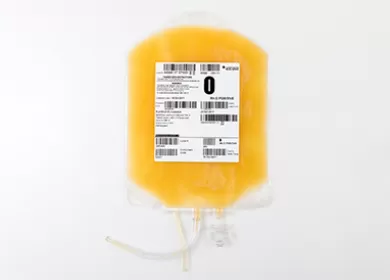
Platelet
You may need a platelet transfusion if you have a low platelet count (thrombocytopaenia). Platelets help blood clots form.
How it can help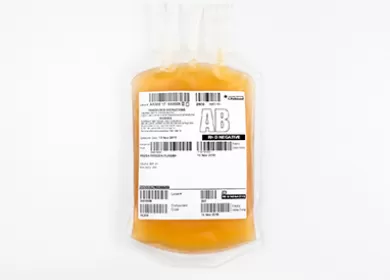
Plasma
Fresh frozen plasma (FFP), also known as plasma, is what’s left once all the blood cells are taken out of whole blood. It can replace missing or low levels of blood proteins.
How it can help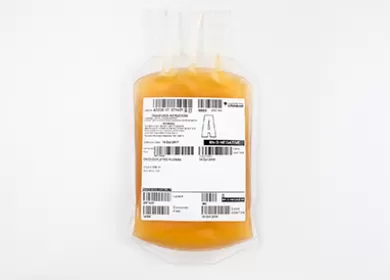
Cryodepleted plasma
Cryodepleted plasma is plasma that has had some blood clotting proteins (cryoprecipitate) removed.
How it can help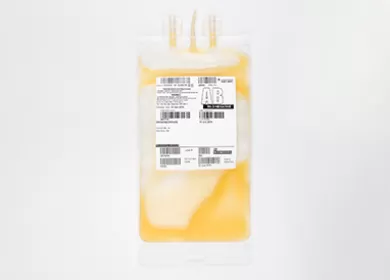
Cryoprecipitate
Cryoprecipitate contains clotting proteins. It’s most commonly used as part of a massive transfusion to assist with clotting.
How it can help


